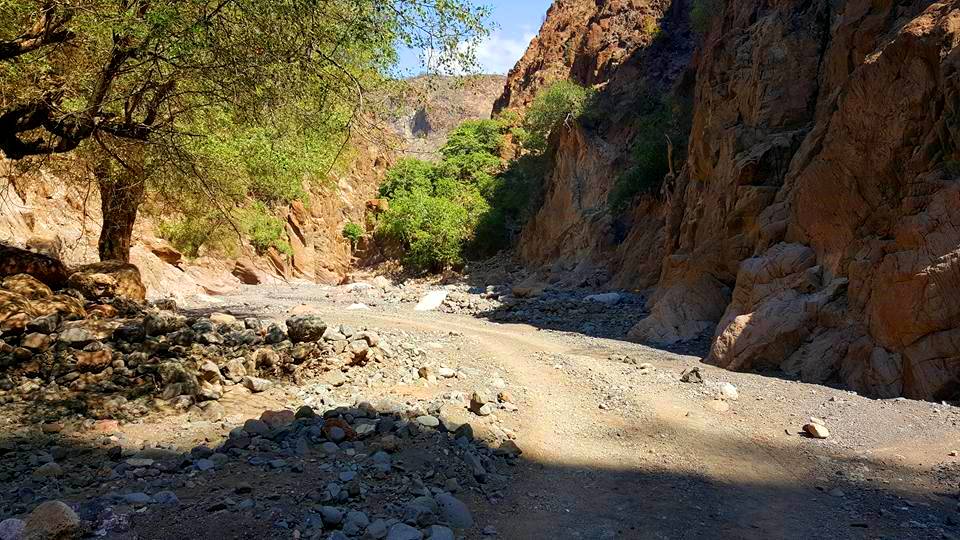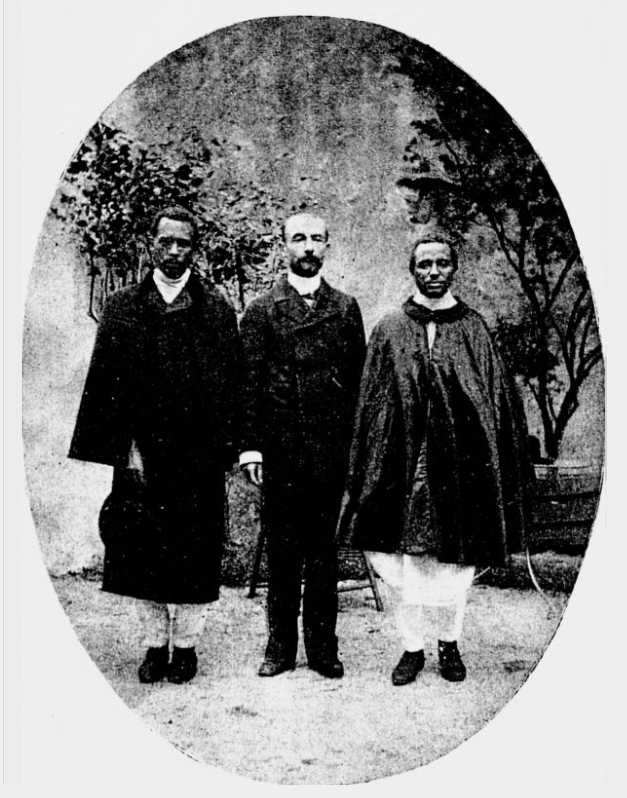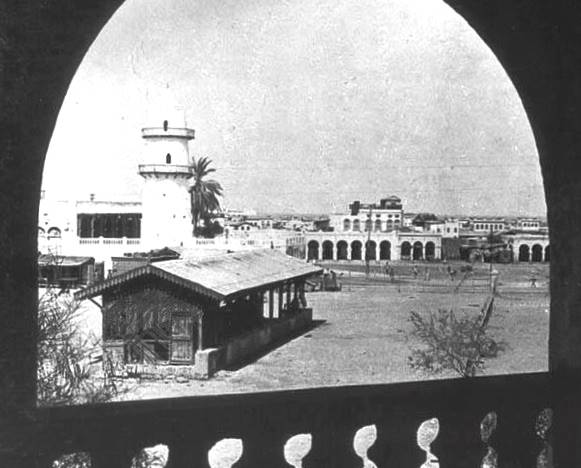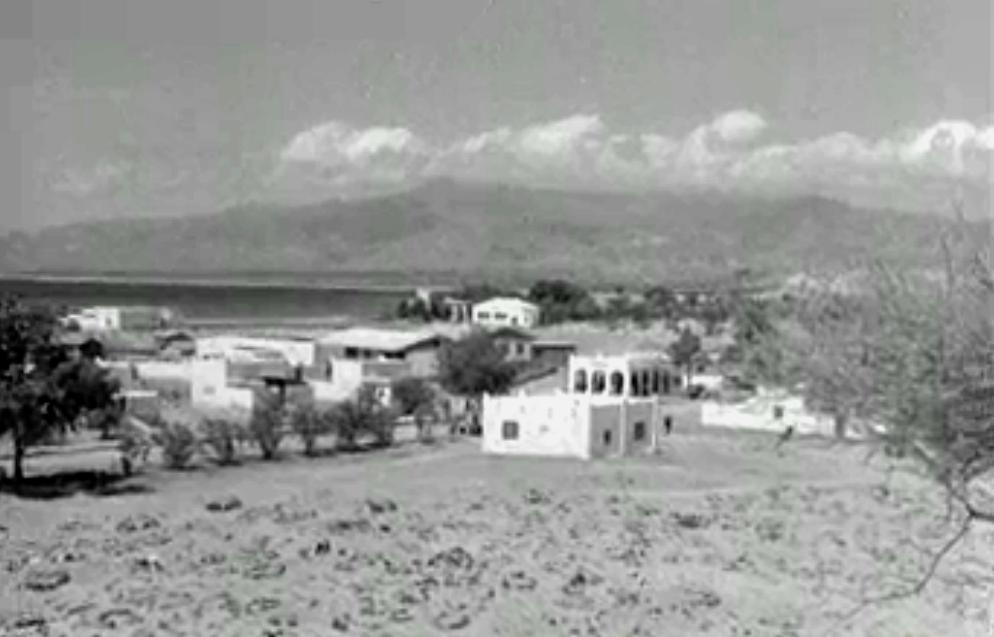|
Sagallo
Sagallo (russian: Сагалло; ar, ساغلو; french: Sagallou) was a short-lived settlement established in 1889 by a Russian monk and adventurer on the Gulf of Tadjoura in French Somaliland (modern-day Djibouti). It was located some west of Djibouti City. History Sagallo was originally a small coastal village. During antiquity Sagallo was part of the city-states that in engaged in a lucrative trade network connecting the merchants with Phoenicia, Ptolemaic Egypt, Greece, Parthian Persia, Saba, Nabataea, and the Roman Empire. French rule The Ottoman Empire had control over the area from the sixteenth to the nineteenth century. From 1862 until 1894, the land to the north of the Gulf of Tadjoura was called ''Obock'' and ruled by Somali and Afar Sultans, local authorities with whom France signed various treaties between 1883 and 1887 to gain a foothold in the region.Raph Uwechue, ''Africa year book and who's who'', (Africa Journal Ltd.: 1977), p.209.''A Political Chrono ... [...More Info...] [...Related Items...] OR: [Wikipedia] [Google] [Baidu] |
Djibouti
Djibouti, ar, جيبوتي ', french: link=no, Djibouti, so, Jabuuti officially the Republic of Djibouti, is a country in the Horn of Africa, bordered by Somalia to the south, Ethiopia to the southwest, Eritrea in the north, and the Red Sea and the Gulf of Aden to the east. The country has an area of . In antiquity, the territory, together with Ethiopia, Eritrea and Somaliland, was part of the Land of Punt. Nearby Zeila, now in Somaliland, was the seat of the medieval Adal and Ifat Sultanates. In the late 19th century, the colony of French Somaliland was established following treaties signed by the ruling Dir Somali sultans with the French, and its railroad to Dire Dawa (and later Addis Ababa) allowed it to quickly supersede Zeila as the port for southern Ethiopia and the Ogaden. It was renamed the French Territory of the Afars and the Issas in 1967. A decade later, the Djiboutian people voted for independence. This officially marked the establishment of the ''Rep ... [...More Info...] [...Related Items...] OR: [Wikipedia] [Google] [Baidu] |
Gulf Of Tadjoura
The Gulf of Tadjoura (; ) is a gulf or basin of the Indian Ocean in the Horn of Africa. It lies south of the straits of Bab-el-Mandeb, or the entrance to the Red Sea, at . The gulf has many fishing grounds, extensive coral reefs, and abundant pearl oysters. Most of its coastline is the territory of Djibouti, except for a short stretch on the southern shore, which is part of the territory of Somaliland. The Gulf’s other marine habitats include sea grass beds, salt pans and mangroves. History In August 1840, the conclusion of a treaty of friendship and commerce between the Sultan Mohammed bin Mohammed of Tadjoura and Commander Robert Moresby of the Indian Navy is tracking the sale of Moucha Island to Great Britain for ten sacks of rice. The sale will however follow any occupation. In 1887, Britain cedes sovereignty of the island to France at the same time it recognizes the French sphere of influence in the Gulf of Tadjoura, in exchange for the abandonment by France of any right ... [...More Info...] [...Related Items...] OR: [Wikipedia] [Google] [Baidu] |
Flag Of Djibouti
The national flag, national flag of Djibouti ( so, Calanka Jabuuti, ar, علم جيبوتي, french: Drapeau de Djibouti) is a horizontal flag bicolor with equal bands of light blue and light green, with a white, equilateral triangle at the hoist. In the center of the triangle is a red star. The flag combines the basic layout and colors from the flag of the Front de Libération de la Côte des Somalis. The light blue represents the sky and the sea, as well as the Somalis, green represents the everlasting green of the earth, as well as the Afar people, Afars, white represents the colour of peace and the five point red star represents unity, the blood shed by the martyrs of independence, as well as Djibouti being one of the five regions inhabited by the Somali people. History Beginning in the mid-19th century before the establishment of the French Somaliland, other flags were used as the flag of the Ottoman Empire, Tadjoura#Sultans, Sultanate of Tajoura and as well religious flags. ... [...More Info...] [...Related Items...] OR: [Wikipedia] [Google] [Baidu] |
Tadjourah Region
The Tadjourah Region so, Gobolka Tajoora, aa, Rakaakay Tagórri) is a region in north-central Djibouti, the largest of its six regions. With its capital at Tadjourah, it has an area of 7,100 square kilometres (2,700 sq mi). It lies along the Gulf of Tadjoura, and the coastal city of Tadjoura. The region has active salt and fisheries industries, and is served by the Tadjoura Airport. In total area, it is larger than Brunei and smaller than Cyprus. History The boundaries of the present-day Djibouti nation state were established during the Scramble for Africa. The first French establishment in the Horn of Africa, and in 1884 they sign a treaty with the Afar. The poet Arthur Rimbaud became a trader, and lived in Tadjoura from 1885 to 1886. He was the owner of a particular ship carrying weapons to be sold to the King of Shoa, cousin of the father of future Ethiopian Emperor Haile Selassie. In 1883 the French Somaliland (french: Côte française des Somalis) was officially fou ... [...More Info...] [...Related Items...] OR: [Wikipedia] [Google] [Baidu] |
French Somaliland
French Somaliland (french: Côte française des Somalis, lit= French Coast of the Somalis so, Xeebta Soomaaliyeed ee Faransiiska) was a French colony in the Horn of Africa. It existed between 1884 and 1967, at which time it became the French Territory of the Afars and the Issas. The Republic of Djibouti is its legal successor state. History French Somaliland was formally established in 1896 after the Issa and Afar each signed a treaty with the French, but iterations of what will eventually become French Somaliland existed for few decades prior to the official formation. On March 11, 1862, a treaty signed by Afar Sultan Raieta Dini Ahmet in Paris ceded the territory of Obock for 10,000 thalaris, around 55,000 francs. Later on, that treaty was used by Captain Alphonse Fleuriot de Langle to colonize the south of the Bay of Tadjoura. On March 26, 1885 the French signed another treaty with the Issa making the latter a protectorate under the French. No money changed hands and the ... [...More Info...] [...Related Items...] OR: [Wikipedia] [Google] [Baidu] |
Countries Of The World
The following is a list providing an overview of sovereign states around the world with information on their status and recognition of their sovereignty. The 206 listed states can be divided into three categories based on membership within the United Nations System: 193 member states of the United Nations, UN member states, 2 United Nations General Assembly observers#Present non-member observers, UN General Assembly non-member observer states, and 11 other states. The ''sovereignty dispute'' column indicates states having undisputed sovereignty (188 states, of which there are 187 UN member states and 1 UN General Assembly non-member observer state), states having disputed sovereignty (16 states, of which there are 6 UN member states, 1 UN General Assembly non-member observer state, and 9 de facto states), and states having a political status of the Cook Islands and Niue, special political status (2 states, both in associated state, free association with New Zealand). Compi ... [...More Info...] [...Related Items...] OR: [Wikipedia] [Google] [Baidu] |
Penza
Penza ( rus, Пе́нза, p=ˈpʲɛnzə) is the largest city and administrative center of Penza Oblast, Russia. It is located on the Sura River, southeast of Moscow. As of the 2010 Census, Penza had a population of 517,311, making it the 38th-largest city in Russia. Etymology The city name is a hydronym and means in mdf, Пенза, Penza, end of swampy river () from ''pen'' 'end of (Genetive)' and ''sa(ra)'' 'swampy river' Geography Urban layout This central quarter occupies the territory on which the wooden fortress Penza was once located, therefore it is sometimes called the Serf. The architectural concept of the old fortress, erected on the eastern slope of the mountain above the river, predetermined the direction of the first streets. The direction and location of the first streets were set by the passage towers of the fortress and the orientation of its walls. This is how the first six streets of the city were formed. Subsequently, the names were fixed to them: Govern ... [...More Info...] [...Related Items...] OR: [Wikipedia] [Google] [Baidu] |
Léonce Lagarde
Léonce Lagarde, comte de Rouffeyroux, duke of Enttoto (1860 – 15 February 1936) was a French colonial governor of French Somaliland and ambassador. Biography In 1882, Lagarde was named secretary to the governor of Cochinchina. One year later, he was designated ''Commandant de Cercle'' of Senegal. However, it was a post that time did not allow him to serve because he was soon appointed French colonial governor of Obock Territory in Africa, a position he held for fifteen years, from 1884 to 1899. Lagarde founded the port city of Djibouti in 1888 and moved his administration there from the city of Obock. He expanded French territory outwards around the Gulf of Tadjoura. In doing so, he created the protectorate known as the French Somali Coast (''Côte française des Somalis''), also called "French Somaliland." (It was later named the French Territory of the Afars and the Issas, and in 1977, gained its independence as the Republic of Djibouti.) As ambassador to Ethiopian emperor ... [...More Info...] [...Related Items...] OR: [Wikipedia] [Google] [Baidu] |
Djibouti (city)
Djibouti (also called Djibouti City and in many early English texts and on many early maps, Jibuti; so, Magaalada Jabuuti, french: link=no, Ville de Djibouti, ar, مدينة جيبوتي, aa, Gabuutî Magaala) is the eponymous capital of Djibouti, and has more people than the rest of Djibouti combined. It is located in the coastal Djibouti Region on the Gulf of Tadjoura. Djibouti has a population of around 600,000 inhabitants, which counts for 54% of the country's population. The settlement was founded in 1888 by the French, on land leased from the ruling Somali and Afar Sultans. During the ensuing period, it served as the capital of French Somaliland and its successor the French Territory of the Afars and Issas. Known as the ''Pearl of the Gulf of Tadjoura'' due to its location, Djibouti is strategically positioned near the world's busiest shipping lanes and acts as a refueling and transshipment center. The Port of Djibouti is the principal maritime port for imports to and ... [...More Info...] [...Related Items...] OR: [Wikipedia] [Google] [Baidu] |
Burgess (title)
Burgess was a British title used in the medieval and early modern period to designate someone of the Burgher class. It originally meant a freeman of a borough or burgh but later coming to mean an official of a municipality or a representative in the House of Commons. Usage in England In England, burgess meant an elected or unelected official of a municipality, or the representative of a borough in the English House of Commons. This usage of "burgess" has since disappeared. Burgesses as freemen had the sole right to vote in municipal or parliamentary elections. However, these political privileges in Britain were removed by the Reform Act in 1832. Usage in Scotland Burgesses were originally freeman inhabitants of a city where they owned land and who contributed to the running of the town and its taxation. The title of ''burgess'' was later restricted to merchants and craftsmen, so that only burgesses could enjoy the privileges of trading or practising a craft in the city throu ... [...More Info...] [...Related Items...] OR: [Wikipedia] [Google] [Baidu] |
Tadjoura
Tadjoura ( aa, Tagórri; ar, تاجوراء ''Tağūrah''; so, Tajuura) is one of the oldest towns in Djibouti and the capital of the Tadjourah Region. The town evolved into an early Islamic center with the arrival of Muslims shortly after the Hijra. An important port for many centuries, it was ruled by a succession of polities, including the Ifat Sultanate, Adal Sultanate, the Ottoman Empire, France until Djibouti's independence in 1977. Lying on the Gulf of Tadjoura, it is home to a population of around 45,000 inhabitants. It is the third largest city in the country after Djibouti and Ali Sabieh. Tadjoura has an airstrip and is linked by ferry with Djibouti City. It is also known for its whitewashed buildings and nearby beaches, along with its mosques. Etymology The Afar name ''Tagórri'' derives from the noun ''tágor'' or ''tógor'', (pl. ''tágar'' meaning "outre à puiser" ("goatskin flask for drawing water"). The name ''Tagórri'' is specifically derived from *''ta ... [...More Info...] [...Related Items...] OR: [Wikipedia] [Google] [Baidu] |





